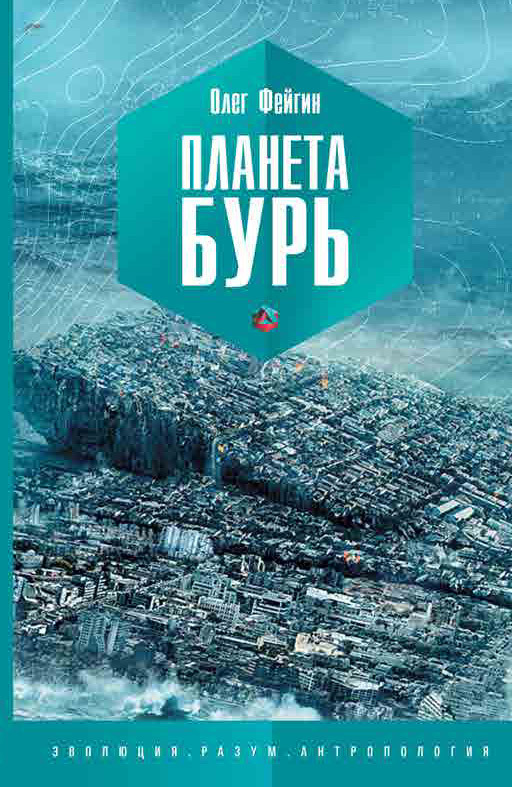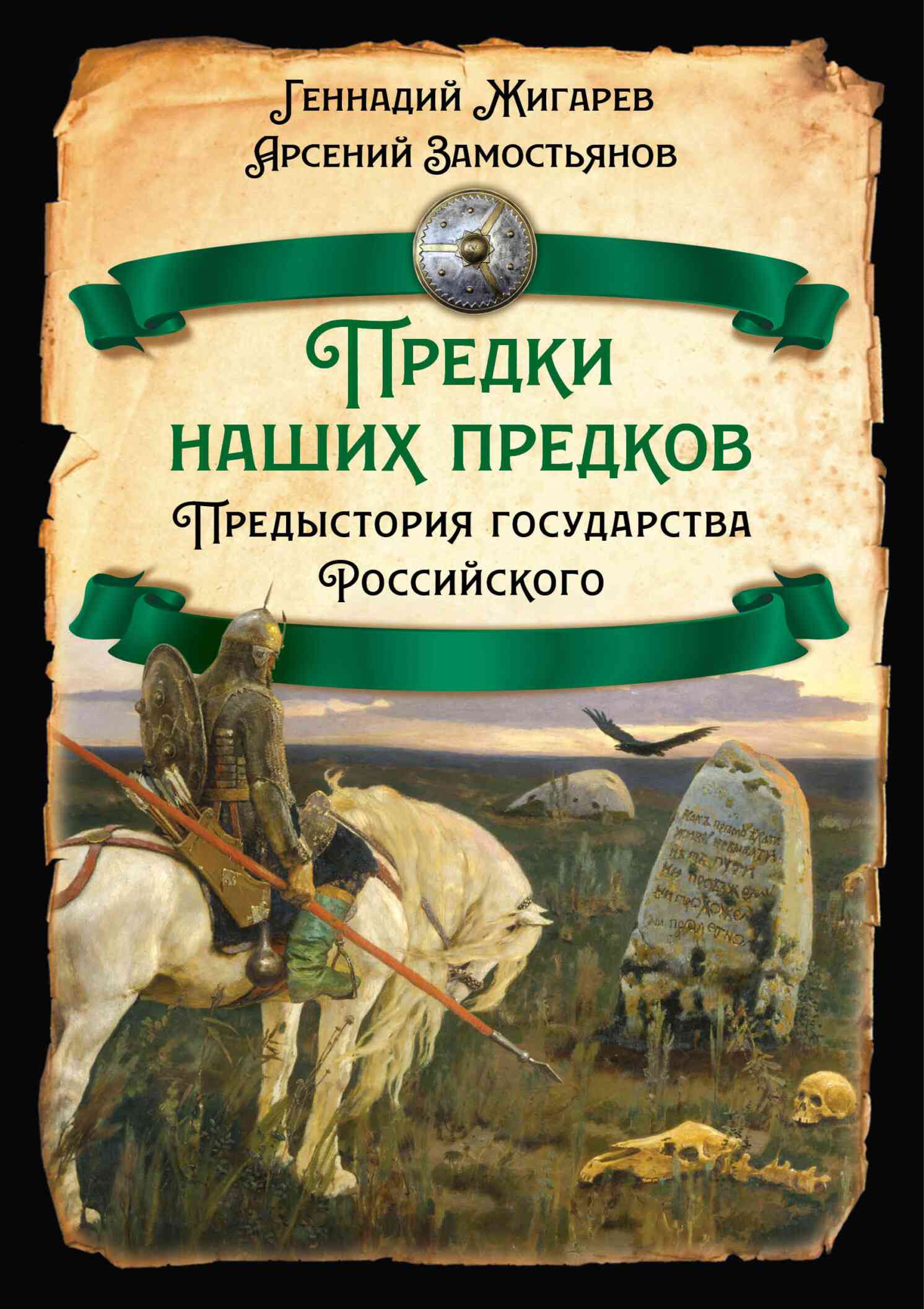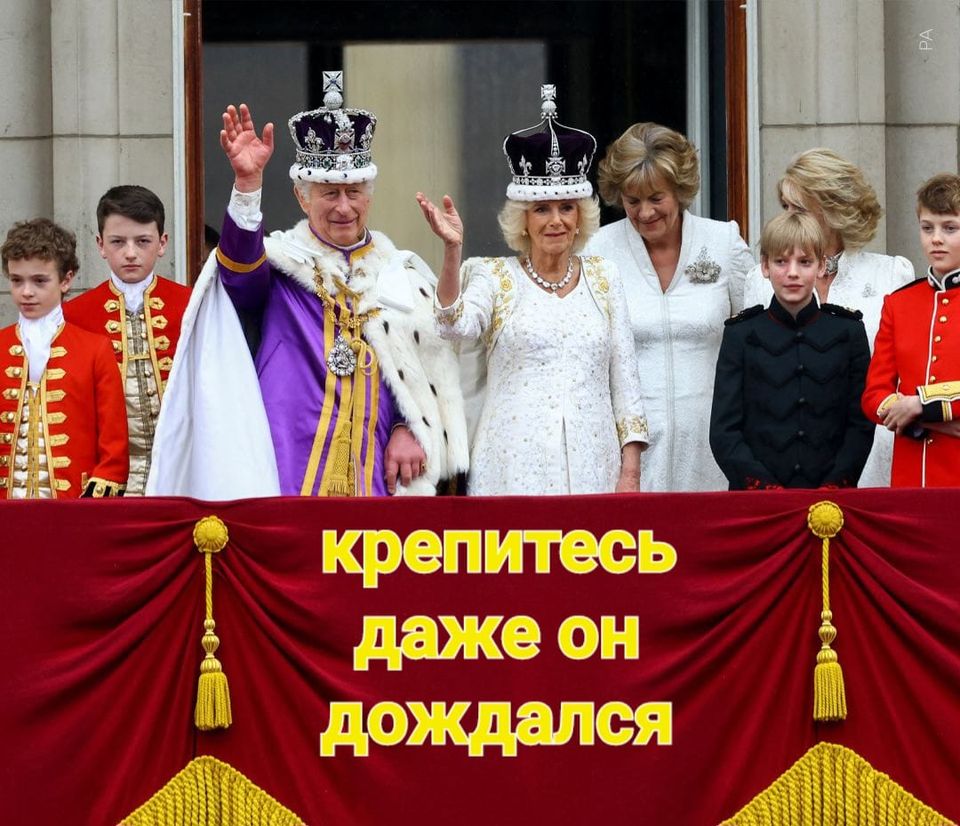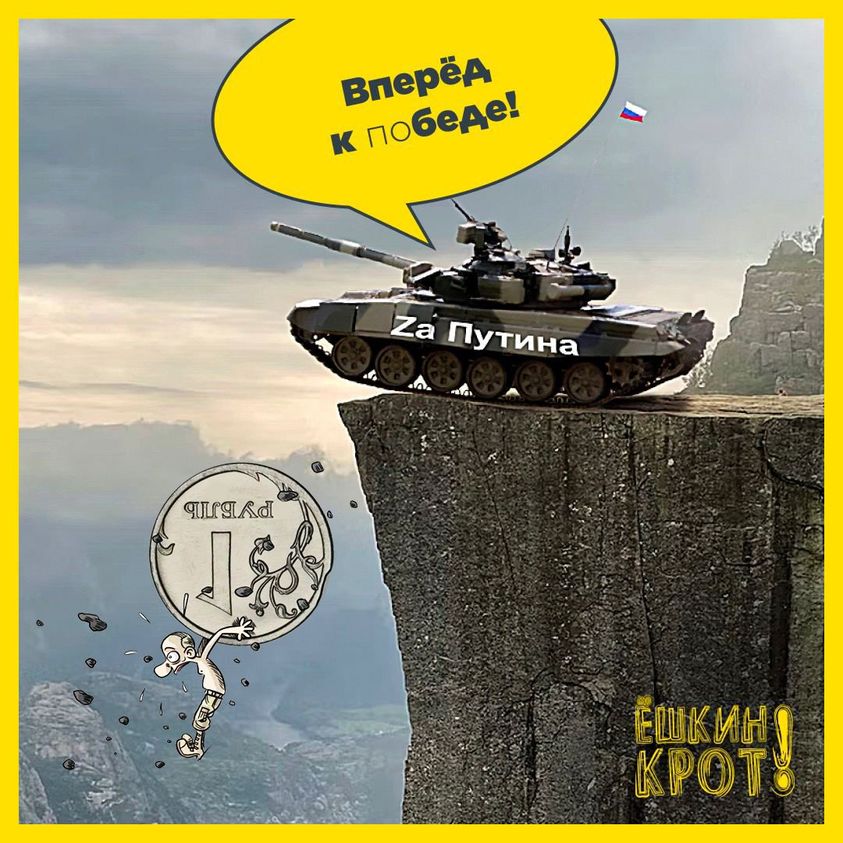Книга Автобиография Земли. 4,6 миллиарда лет захватывающей истории нашей планеты - Элизабет Эрвин-Бланкенхайм
Шрифт:
Интервал:
Закладка:
428
McKerrow W. S., Mac Niocaill C. and Dewey J. F. The Caledonian orogeny redefined // Journal of the Geological Society of London. 2000. V. 157. P. 1151.
429
Подразделения кембрийского периода отличаются в международной и российской шкале: в российской выделяют три эпохи – ранний, средний и поздний кембрий, – соответствующие нижнему, среднему и верхнему отделу кембрийской системы // Розанов А. Ю. КЕМБРИЙСКАЯ СИСТЕМА (ПЕРИОД) // Большая Российская энциклопедия. М., 2009. Т. 13. С. 542. — Примеч. перев.
430
Beasecker J., Chamberlin Z., Lane N., Reynolds K., Stack J., Wahrer K., Wolff A., Devilbiss J., Wahr C., Durbin D. and Garneau H. It’s time to defuse the Cambrian «explosion» // GSA Today. 2020. V. 30. № 12. P. 27.
431
Fox D. What sparked the Cambrian explosion? // Nature. 2016. V. 530. № 7590. P. 268–270.
432
Yochelson E. L. Discovery, collection, and description of the Middle Cambrian Burgess Shale biota by Charles Doolittle Walcott // Proceedings of the American Philosophical Society. 1996. V. 140. № 4. P. 469.
433
Gould, 1989. P. 13.
434
Yochelson, 1996. P. 469.
435
Simonetta A. M. The Cambrian non trilobite arthropods from the Burgess Shale of British Columbia: A study of their comparative morphology taxonomy and evolutionary significance // Palaeontographia Italica. 1975. V. 69, tabs. I–LXI. P. 1–37.
436
Gould, 1989. P. 14.
437
Whittington H. B. and Briggs D. E. G. The largest Cambrian animal, Anomalocaris, Burgess Shale, British Columbia: // Philosophical Transactions of the Royal Society of London B, Biological Sciences. 1985. V. 309. № 1141. P. 571.
438
Aitken J. D. and McIlreath I. A. The Cathedral Reef Escarpment, a Cambrian great wall with humble origins (British Columbia, Canada) // Geos. 1984. V. 13. № 1. P. 17–19.
439
Morris S. C. and Whittington H. B. Fossils of the Burgess Shale: A national treasure in Yoho National Park, British Columbia (Vol. 43) // Natural Resources Canada. 1985. P. 21.
440
Gould, 1989.
441
Hennig W. Phylogenetic Systematics. Urbana: University of Illinois Press, 1966, 263 p.
442
McKerrow, Mac Niocaill, and Dewey, 2000.
443
Oldroyd D. R. and McKenna G. A note on Andrew Ramsay’s unpublished report on the St. David’s area, recently discovered // Annals of Science. 1995. Vol. 52. № 2. P. 196.
444
Zalasiewicz J. A., Taylor L., Rushton A. W. A., Loydell D. K., Rickards R. B. and Williams M. Graptolites in British stratigraphy // Geological Magazine. 2009. V. 146. № 6. P. 785.
445
Szaniawski H. The earliest known venomous animals recognized among conodonts // Acta Palaeontologica Polonica. 2009. V. 54. № 4. P. 669–676.
446
Pander C. H. Monographie der fossilen Fische des Silurischen Systems der russisch-baltischen Gouvernements: St. Petersburg, Akademie der Wissenschaften, 1856, 91 p.
447
Ulrich E. O. and Bassler R. S. A classification of the toothlike fossils, conodonts, with descriptions of American Devonian and Mississippian species // U. S. National Museum Proceedings. 1926. V. 68. № 2613, article 12. P. 63, 11 plates.
448
Ogg, Ogg, and Gradstein, 2016. P. 59; Beasecker et al., 2020.
449
Murchison, 1839. P. 11.
450
Lapworth C., 1879.
451
McKerrow, Mac Niocaill and Dewey, 2000.
452
Barclay W. J. Introduction to the Old Red Sandstone of Great Britain // Barclay W. J., Browne M. A. E., McMillan A. A., Pickett E. A., Stone P. and Wilby P. R. (eds.). The Old Red Sandstone of Great Britain (Geological Conservation Review Series 31). Peterborough: Joint Nature Conservation Committee, 2005. P. 14–15.
453
Murchison, 1839. P. 587 and plate I.
454
Raup, 1991. P. 29; Gould, 1989.
455
House M. R. Strength, timing, setting and cause of mid-Palaeozoic extinctions // Palaeogeography, Palaeoclimatology, Palaeoecology. 2002. V. 181. P. 21.
456
В российской геохронологической шкале каменноугольный период подразделяют на три эпохи – раннюю, среднюю и позднюю (соответствующие нижнему, среднему и верхнему отделам каменноугольной системы); ранняя эпоха подразделяется на три века, средняя и поздняя – на два каждая // Алексеев А. С. КАМЕННОУГОЛЬНАЯ СИСТЕМА (ПЕРИОД) // Большая Российская энциклопедия. М., 2008. Т. 12. С. 605. — Примеч. перев.
457
Glasspool I. J. and Scott A. C. Phanerozoic concentrations of atmospheric oxygen reconstructed from sedimentary charcoal // Nature Geoscience. 2010. V. 3. P. 628.
458
Ogg, Ogg, and Gradstein, 2016. P. 104.
459
Anderson J. S., Smithson T., Mansky C. F., Meyer T. and Clack J. A diverse tetrapod fauna at the base of «Romer’s Gap» // PLOS ONE. 2015. V. 10. № 4. p. 23–24.
460
Merck J. The reptilian stem: Sauropsida, Eureptilia, Diapsida. 2019. https://www.geol.umd.edu/~jmerck/geol431/lectures/17sauropsida.html, дата обращения: 30.05.2020.
461
Arber, 1905. P. xix.
462
Seward, 1914. P. 26–28.
463
В российской геохронологической шкале пермский период подразделяется на приуральскую, биармийскую и татарскую эпохи (соответствующие отделам пермской системы) // Леонова Т. Б. ПЕРМСКАЯ СИСТЕМА (ПЕРИОД) // Большая Российская энциклопедия. М., 2014. Т. 25. С. 707–710. — Примеч. перев.
464
Ogg, Ogg, and Gradstein, 2016. P. 121.
465
Lozovsky V. R. Olson’s Gap or Olson’s Bridge, that is the question // Lucas S. G. and Zeigler K. E. (eds.). The Nonmarine Permian // New Mexico Museum of Natural History and Science Bulletin. 2005. № 30. P. 179–184; Lucas S. G. Olsen’s Gap or Olsen’s Bridge, an answer // Lucas S. G. and Zeigler K. E. (eds.). The

























